One of nature's ironies is that the supple breast, frequently a symbol of femininity and fertility, can be affect so unfavorably by multiple pregnancies. Breasts may begin to droop because of changes that occur during and after pregnancy, because of weight-loss or simply as a result of time.
There are a number of factors that contribute to the appearance of breasts changing over time. Breast ptosis, commonly known as breast droop, is a condition where the breasts change shape due to a stretching of the suspensory ligaments as well as a change of the consistency of the internal breast tissue. Aging causes the fibrous supporting tissue of the breasts to stretch out causing an elongation and change of shape. While this condition is not dangerous, if not addressed then the breasts will continue to droop in a manner that changes their aesthetic appearance and causes the nipple complex to project downward. A breast lift is a typical procedure that can address this problem.
A breast lift can be performed as an independent procedure or it can be performed with a series of technical manuevers during a breast-reduction. There are cases where during a breast-lift it is possible to rearrange tissues in a manner that mimics the cosmetic appearance of an implant however using the body's own natural tissue.
 before
before
 after
after
This case depicts a 37 year old woman who had borne one child and had noted that her breasts had begun to sag and develop a deflated appearance.
She underwent a vertical or "lollipop" incision breast lift along with placement of 300 cc smooth, round saline implants beneath the pectoralis muscles. Her post-operative photographs depict her appearance approximately one year after surgery.
This case study also demonstrates how the nipple and areolar positions located too low and too close to the midline in this case, can be improved as part of the procedure.
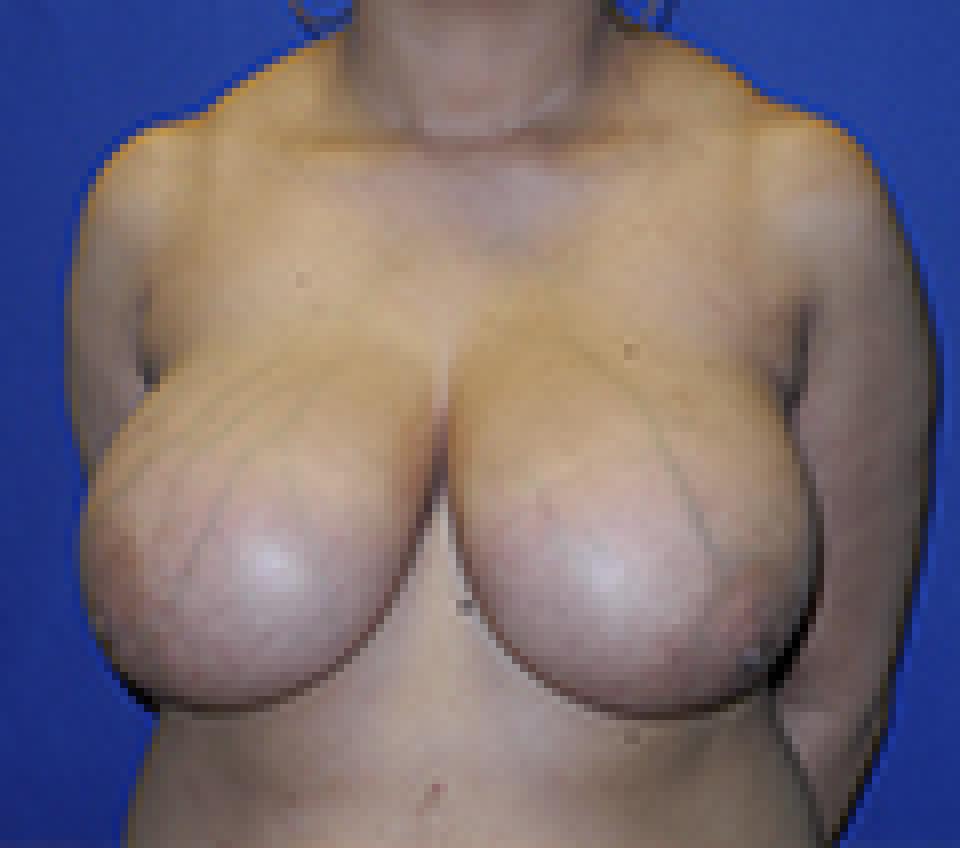 before
before
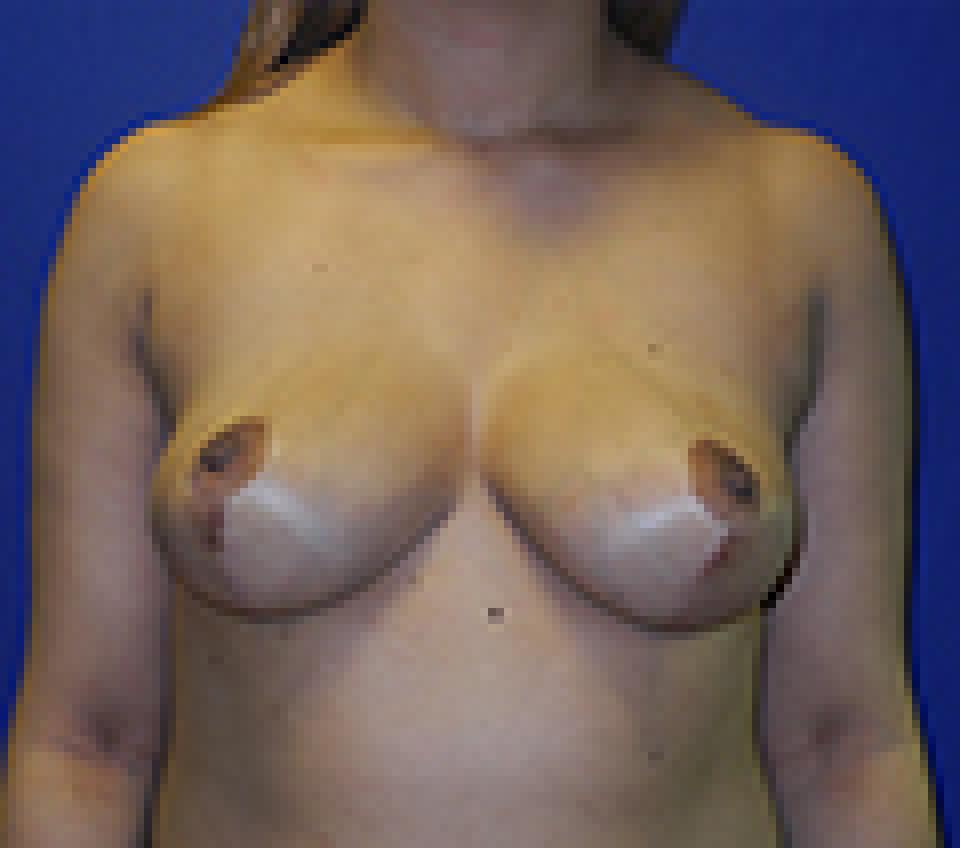 after
after
This 24 year old woman underwent breast reduction in which approximately two pounds of tissue was removed from each breast.
In this individual’s case, the incisions used to perform the breast reduction were of the “lollipop” or short scar type. This method of breast reduction avoids any incisions in the cleavage and in most instances along the lower fold of the breast.
Breast tissue, especially in young women, can be extremely dense and therefore heavy. Breast reduction can alleviate neck, shoulder and upper back pain and a variety of other symptoms that directly result from heavy breasts.
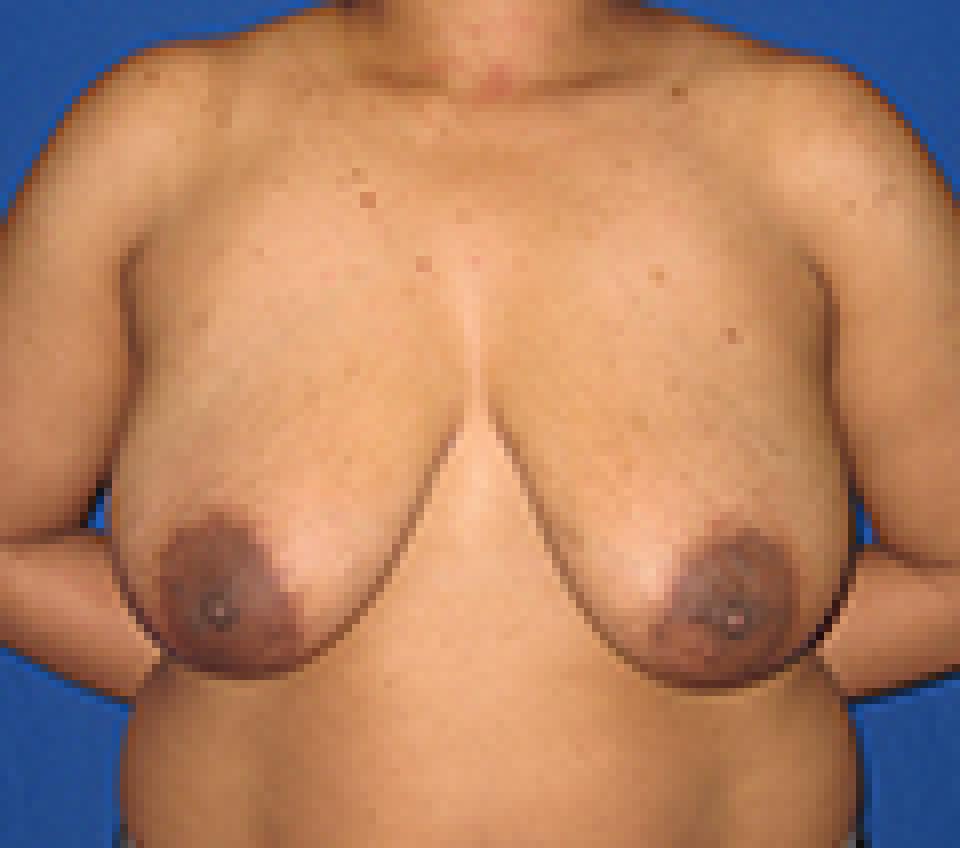 before
before
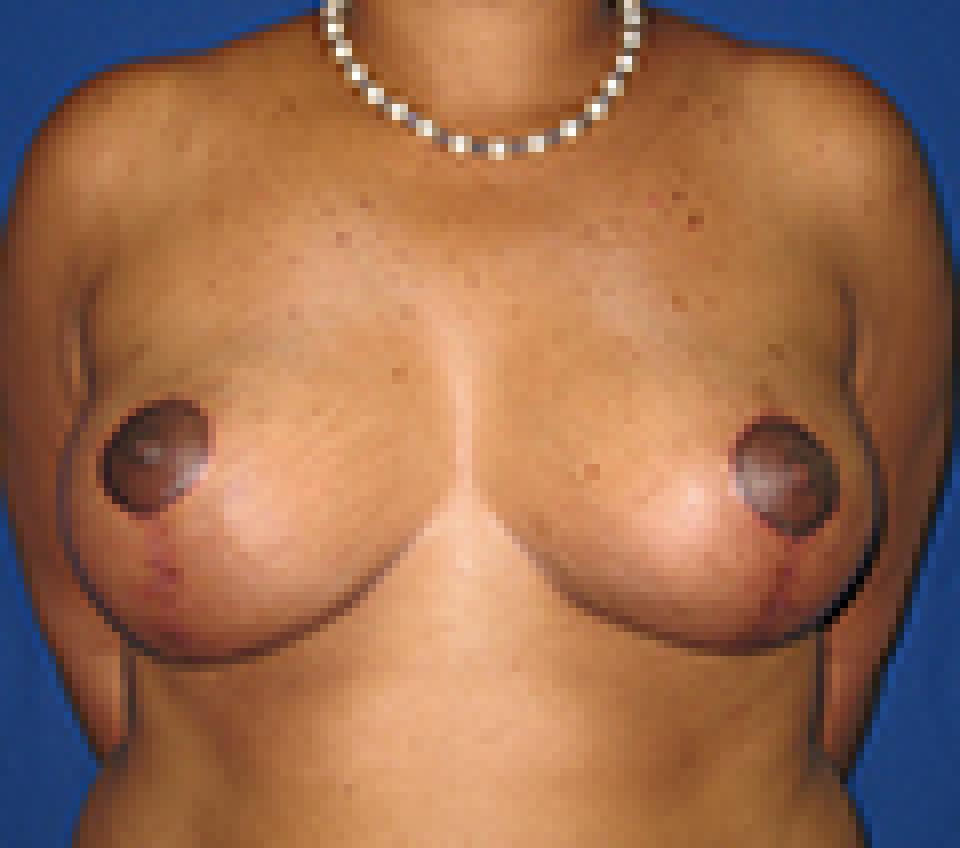 after
after
This 39 year old woman had a breast lift or mastopexy using a short scar technique which leaves behind scars in the shape of a “lollipop.” This technique, which I prefer to use, avoids any scars in the cleavage or on the side of the body beneath the arm. This makes swimsuit selection much easier if avoiding visible scars while wearing the swimsuit is a goal.
Candidates for a breast lift or mastopexy must have enough breast tissue to rearrange into a new breast shape that is typically shorter and rounder. If there is not enough breast tissue to rearrange and only excess skin, a situation that can occur when breasts involute following pregnancy, then an implant will be necessary to achieve a natural breast shape following surgery.
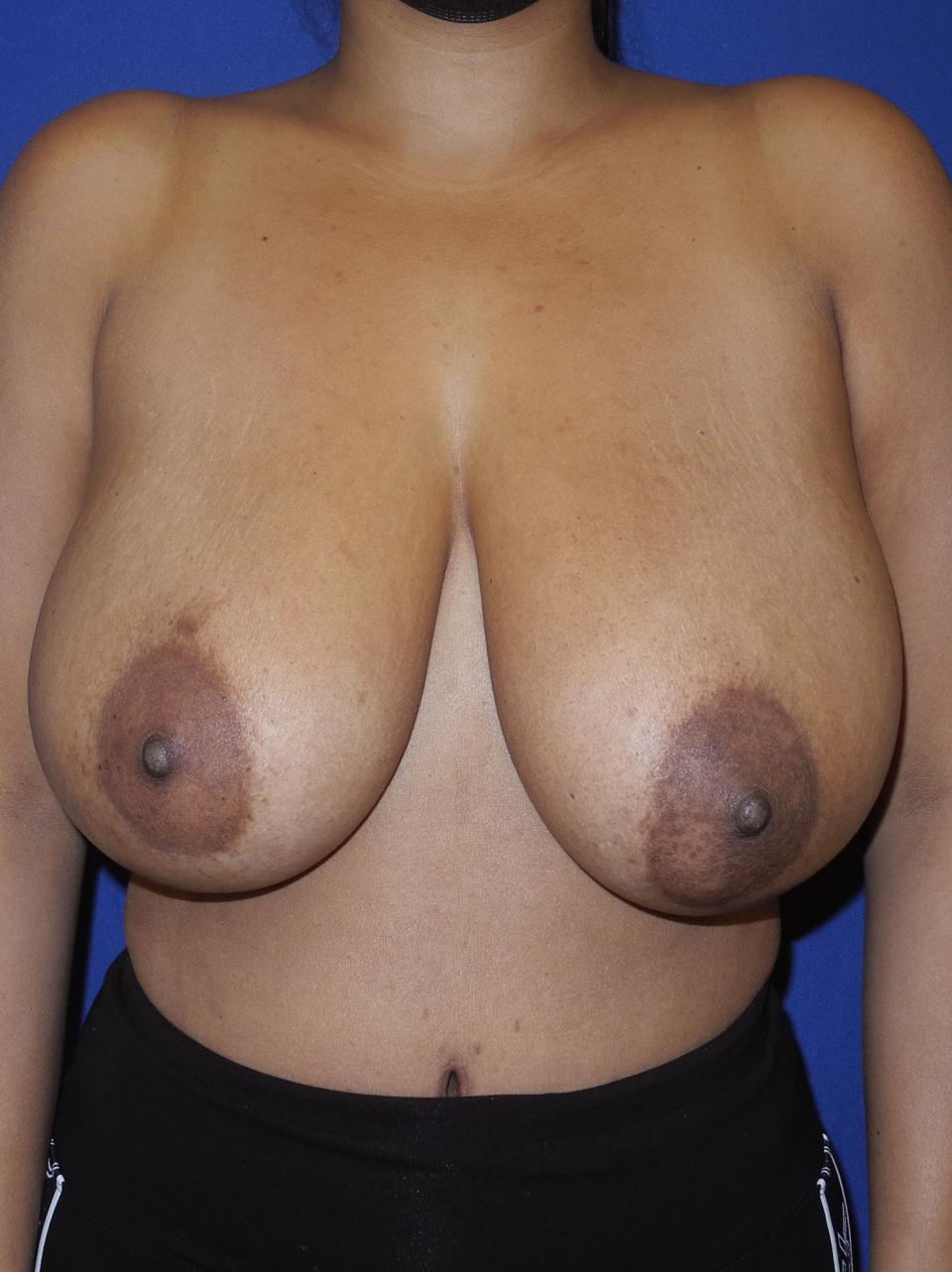 before
before
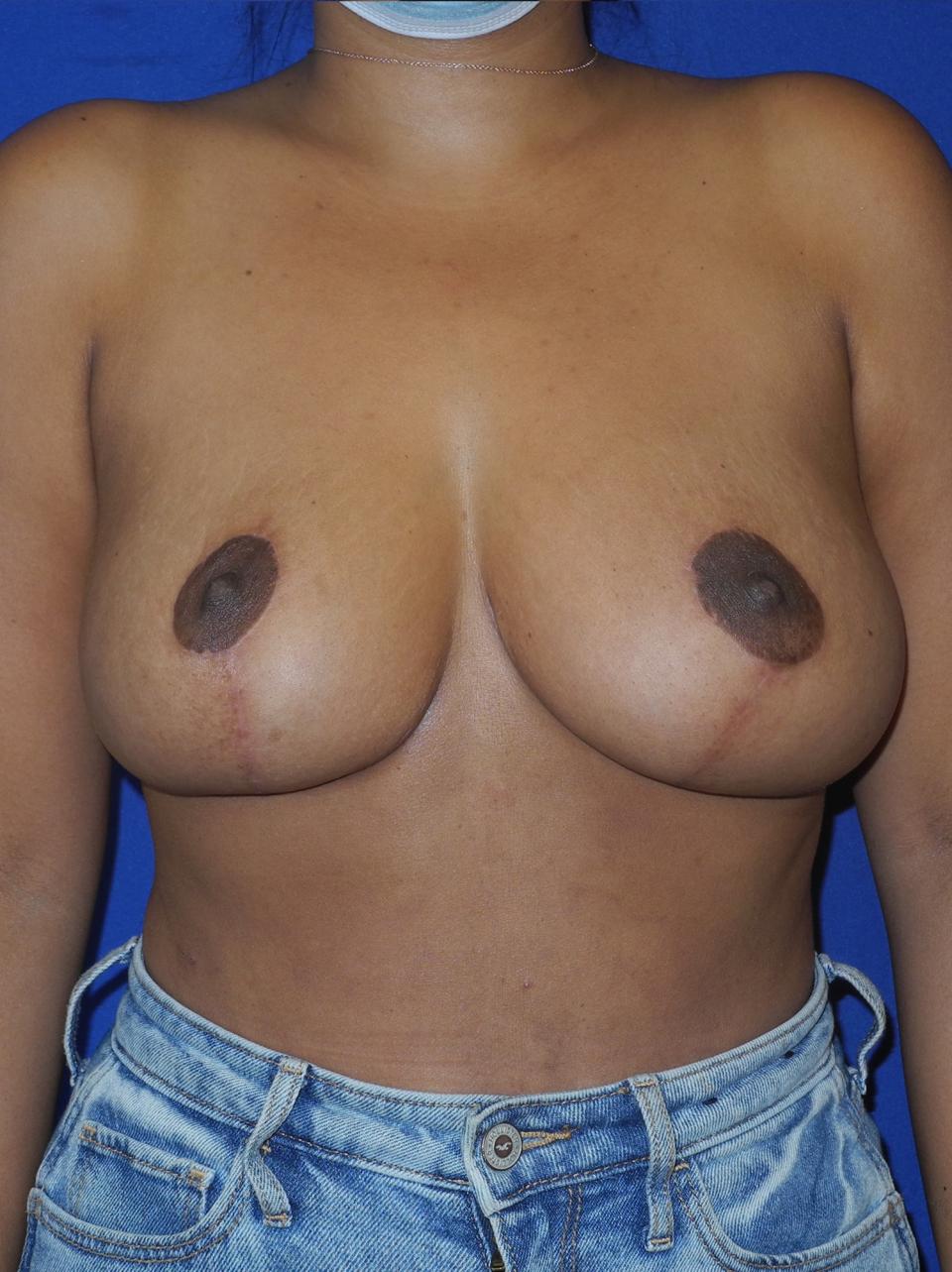 after
after
This individual underwent a breast reduction in which just over two pounds of weight was removed from the breasts. The breasts were shortened in length and lifted to give a rounder appearance. This photograph was taken at approximately four months following surgery.
Liposuction of the tissue that lies between the upper outer quadrant of the breast and the upper arm can decompress the density of tissue between the breast and the arm and improve the fit of certain types of clothing.
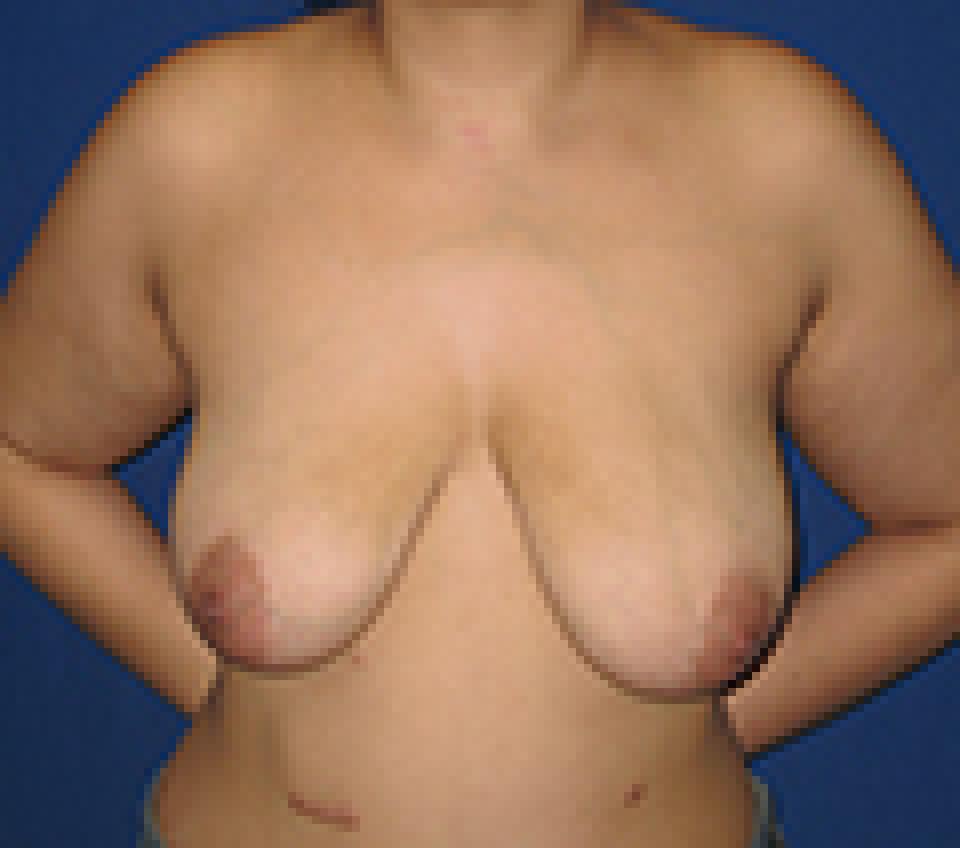 before
before
 after
after
This 35 year old woman reached her plateau weight after losing 56 pounds following bariatric surgery. She had breast lift or mastopexy using a short scar technique which leaves behind scars in the shape of a “lollipop.” Some breast lifts or mastopexies are performed using a technique that results in scars that look like an “anchor,” but I prefer to use this shorter scar technique because scars are never visible in the cleavage nor on the side of the body beneath the arm. This makes swimsuit selection much easier.
This woman has a history of poor scar healing. It is relatively easy to see dark and thickened scars on her abdomen from her bariatric procedure. I feel that it is especially advantageous to avoid the “anchor” shaped scar in individuals whose scars do not heal well.
When performing a breast lift or mastopexy, very little breast tissue is removed. Instead, the existing breast tissue is rearranged so that the new breast shape is typically shorter and rounder than it was previously.
Performing a breast lift in an individual who has lost a great deal of weight is often very challenging. They tend to have an extreme amount of skin excess and relatively little breast tissue. As such, a great deal of skin must be removed while significant effort is made to preserve every bit of breast tissue possible to achieve a natural looking breast.
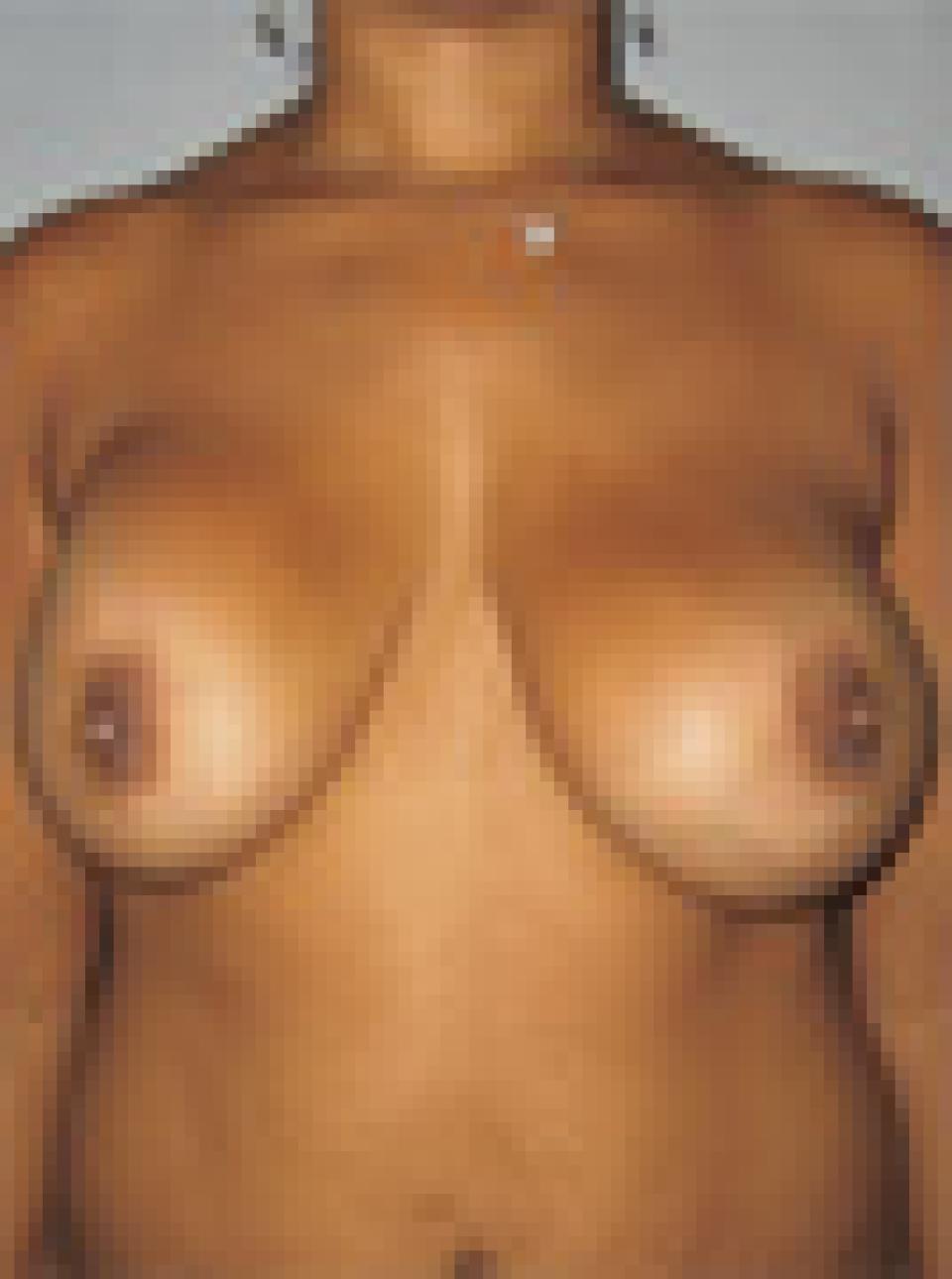 before
before
 after
after
This case depicts a 30 year old woman who had undergone breast augmentation with 300 cc smooth, round saline implants placed above the pectoralis muscles via a periareolar incision by another surgeon approximately one year prior to her consultation with Dr. Belsley.
Her Grade IV capsular contracture was revised by exchanging her implants and placing the new 330 cc smooth, round saline implants below the pectoralis muscle and performing a vertical or "lollipop" incision breast lift. The post-operative photographs depict her appearance just under one year after her corrective surgery.
Questions Related to Breast Lift
Dr. Belsley's Philosophy of Breast Lift (Mastopexy)
In my practice, I perform breast lifts using incisions that result in a “lollipop” shaped scars. With good care and a bit of luck, these incisions heal well and the scars are difficult to see from a distance. Nevertheless, a woman who undergoes a cosmetic breast lift must be prepared for scars that are visible. This is one example of a “trade-off” in plastic surgery and of course, there are many others. This is one, however, that I feel is more than worthwhile in appropriate candidates.
More >>Ptosis is the degree of breast droop corrected by a mastopexy
Otherwise known as a “breast lift,” the procedure is to reposition and possibly reshape the breast into a more desirable position. Although it does not by definition include breast enlargement, that may be performed at the same time.
Anyone who is not satisfied with the position of either breast is a candidate for this operation, but typically it is performed on the woman who was previously satisfied with the position of her breasts, but the Cooper’s suspensory ligaments have lengthened following pregnancy, and/or weight gained then lost, and/or aging, and the nipples are lower than she (or her partner) would wish. The contents of the breast may not be interfered with by the surgery, and lactation in a subsequent pregnancy will remain possible.